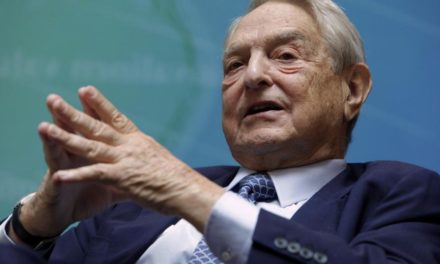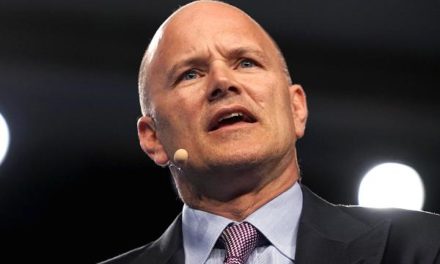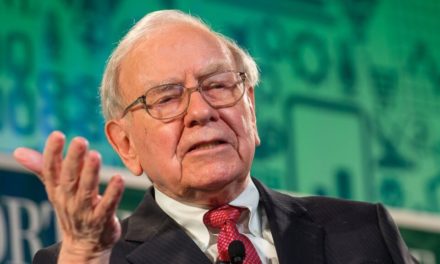David Einhorn sees value at correct prices, and he thinks the speculative bubble in financial markets could have already peaked.
David Einhorn put forward his bullish thesis in late February when investors were exiting risk assets.
Last month, known as panic February, the VIX Index blasted high from the January lows of 16 to 30 in February as it mirrored war fears in Europe with the rockets flying in the Ukrainian in the wake of the Russian Invasion. Panic stock selling peaked in February and has since stabilized.
David Einhorn, the CEO of Greenlight made his comment last month, in a February interview.
So at a time when the ARK Innovation ETF was hovering near 52-week lows of 51.85, David Einhorn sees value.
The Ark Innovation technology-laden fund is high beta that moves disproportionately to the upside in a bullish market.
If investors bought the panic February dip, they are in the money.

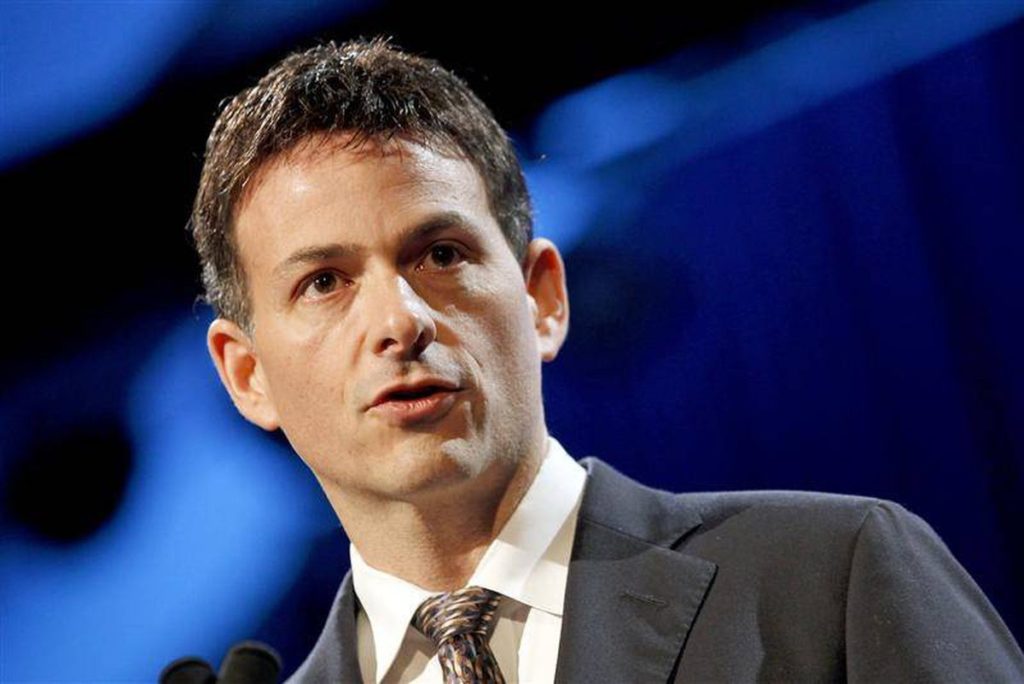
“If investors bought the panic February dip, they are in the money”
WEALTH TRAINING COMPANY
David Einhorn sees value at current prices and he compares it to the post-dot-com bubble burst in March 2000
“The speculative stuff that I thought was truly insane a year ago — it’s derated very, very substantially,” said David Einhorn.
“The top for that thing popped last February,” added David Einhorn.
Despite rising inflation, David Einhorn sees values at correct stock prices.
David Einhorn’s Greenlight acknowledges that the price of some goods and services will continue rising and that inflation isn’t being reflected in official estimates. “As a result, the Fed trimming its balance sheet and gradually hiking interest rates might not be a sufficient response to inflation,” he said.
Indeed, western sanctions on Russia in retaliation for Ukraine’s invasion will cause a shortfall in most commodities. So this supply disruption could trigger rising commodity prices in most G7 advanced economies. But higher energy and food costs will deplete household budgets as consumers spend a significant proportion of their income on non-discretionary spending, leaving less funds for discretionary spending.
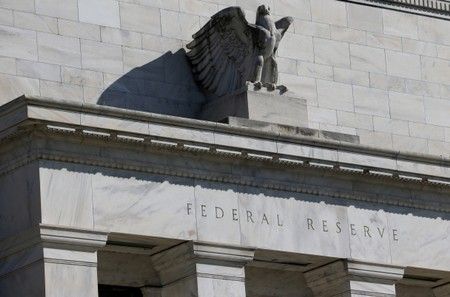
“the Fed trimming its balance sheet and gradually hiking interest rates might not be a sufficient response to inflation”
DAVID EINHORN
We believe a recession is dead ahead, bearing in mind the 2s and 10s treasury yields curve has recently inverted, which tends to be an accurate forwarded indicator of a coming recession. Moreover, spiraling fuel costs are already a liquidity drain on the economy which means the Fed has zero room for tightening in this current recession. It is too late for a tight monetary policy.
A hawkish Fed with a budget deficit of 30T trillion and ballooning global debts would trigger the mother of all debt defaults and a collapse of critical supply chains as logistic companies and producers go bankrupt.
Think about it. Why would the Fed want to trigger a Mad Max scenario within its Empire in the middle of a proxy and ideological war with Russia?
The shortest Fed rate hike cycle could be on the cards, as we have previously noted, which could be why David Einhorn sees value in risk assets

